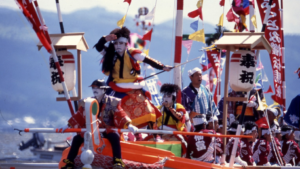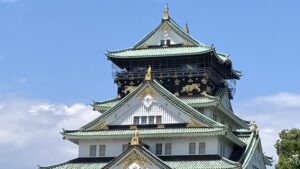Matsusaka Castle: The Legacy of Martial, Scholarly, and Economic Talent of Gamo Ujisato
Gamo Ujisato (1556-1595, 蒲生氏郷) was a military commander of remarkable skill, both in martial arts and scholarship, who won the admiration of Oda Nobunaga (1534-1582, 織田信長) and Toyotomi Hideyoshi (1537–1598, 豊臣秀吉), during the Warring States period (1467-1573). Known not only for his military expertise, Ujisato also excelled in economic policy and was celebrated as a cultured figure. He constructed Matsusaka Castle on an independent hill in Matsusaka, a solid castle with high stone walls.
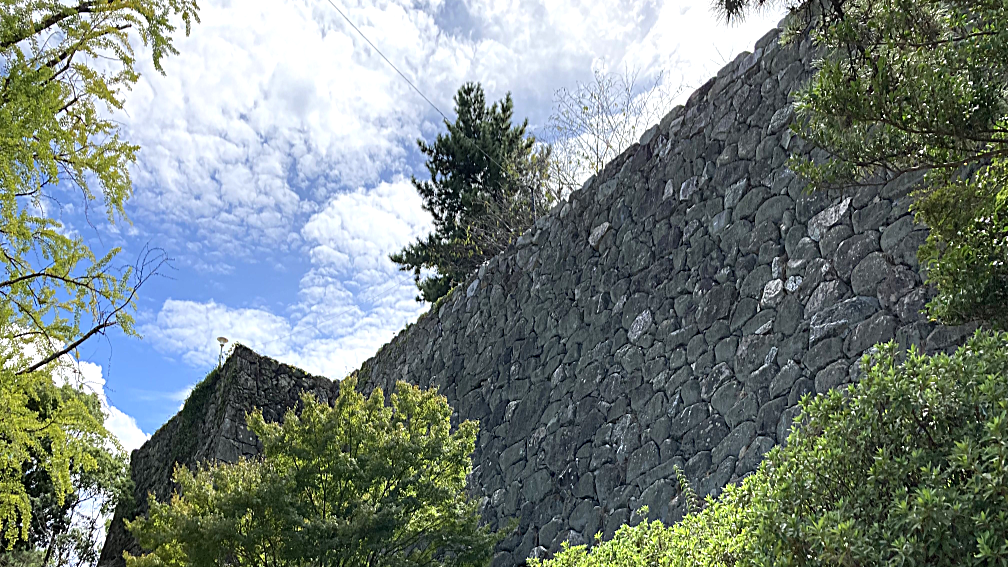
Ujisato Grew Up to be a Brave Young Warrior
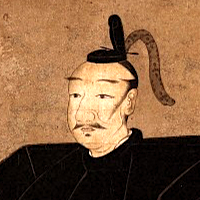
Ujisato was born in 1556 as an heir of Gamo Katahide, lord of Hino Castle in present-day Shiga Prefecture, and a retained of the Rokkaku clan. In 1568, when Oda Nobunaga defeated the Rokkaku, 13-year-old Ujisato was sent to Nobunaga's Gifu Castle as a hostage. Nobunaga grew fond of Ujisato, and in 1569, he sponsored Ujisato’s coming-of-age ceremony as an eboshi-oya (guardian). At the age of 14, Ujisato fought in his first battle at the Okawachi War against the Kitabatake clan, governors of Ise Province. He charged into the enemy lines. Although Ujisato was separated from his two retainers on the chaotic battlefield, he managed to return to his father with the head of a notable general, making a name for himself. Later, he married Nobunaga's daughter and returned to his birthplace, Hino Castle. Ujisato, then served under Nobunaga's chief retainer, Shibata Katsuie, actively participating in key battles including the Siege of Ise Nagashima and the Battle of Nagashino.
Advancement After the Honnoji Incident
In 1582, news of the death of Nobunaga at the Honnoji Incident reached Azuchi Castle. Amid the chaos at Azuchi Castle, Ujisato worked with his father, who was guarding the castle, in organizing a convoy of 50 carts, 100 saddled horses, and 200 packhorses to ensure Nobunaga's wife and children could be safely escorted to Ujisato’s Hino Castle. After Toyotomi Hideyoshi defeated Akechi Mitsuhide at the Battle of Tennozan, Ujisato served Hideyoshi. In 1584, recognizing Ujisato’s distinguished efforts at the Battle of Komaki and Nagakute, Hideyoshi awarded him Matsusaka, valued at 120,000 koku of rice.
The Construction and Development of the Matsusaka Castle Town
Ujisato began the construction of Matsusaka Castle and moved in three years later, in 1588. Inspired by the town development of Oda Nobunaga in Gifu and Azuchi, Ujisato sought to establish a similar style for Matsusaka castle town. He shifted the Ise Kaido inland, a critical traffic route, from its current coastal path to run through the Matsusaka castle town, creating Ote-dori Street in front of Matsusaka Castle. Additionally, he developed merchant houses along the main streets for merchants and fish markets that ran parallel to the Ise Kaido. He also took care to create a town that was easy for people to live in by building the Sewari Haisui drainage system, which placed drainage channels behind each house. The twelve articles of "Ten Town Rules" prioritized economic growth, with the first article advocating "free markets and open guilds." This economic openness attracted prominent merchants to move from Ujisato’s hometown of Omi Hino and nearby Ise Ominato. Later wealthy merchants, including the Mitsui family, brought the town’s growth and prosperity to the Matsusaka domain.
The Charge at the Siege of Odawara
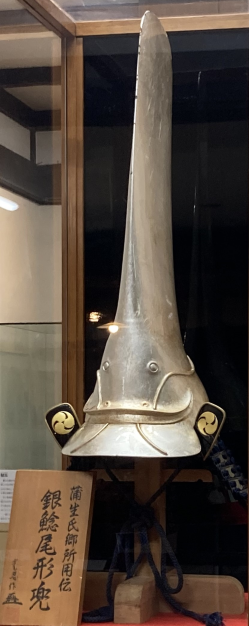
Ujisato, one of Toyotomi Hideyoshi's key vassals, played a crucial role in his campaign to unify the nation. He attacked the Saika in Kishu and defeated Sassa Masanari in Etchu and the Shimazu clan in Kyushu. Now, he was preparing to launch an attack on the Hojo clan in Odawara. In 1590, with the unification of Japan almost within his grasp, Hideyoshi laid siege to Odawara Castle, the stronghold of the Hojo clan, with a massive force of 200,000 troops. As both sides remained locked in a tense standoff, on July 2nd, a unit under Ujisato was suddenly attacked from Odawara Castle. Ujisato's camp was thrown into confusion, but he was said to have taken up his spear and fought bravely, driving the enemy back. By this time, Ujisato's armor and helmet were covered in numerous battle scars, a testament to his bravery.
Ujiato’s Armor: @Matsusaka City History and Folklore Museum
Transfer to Aizu and pacification
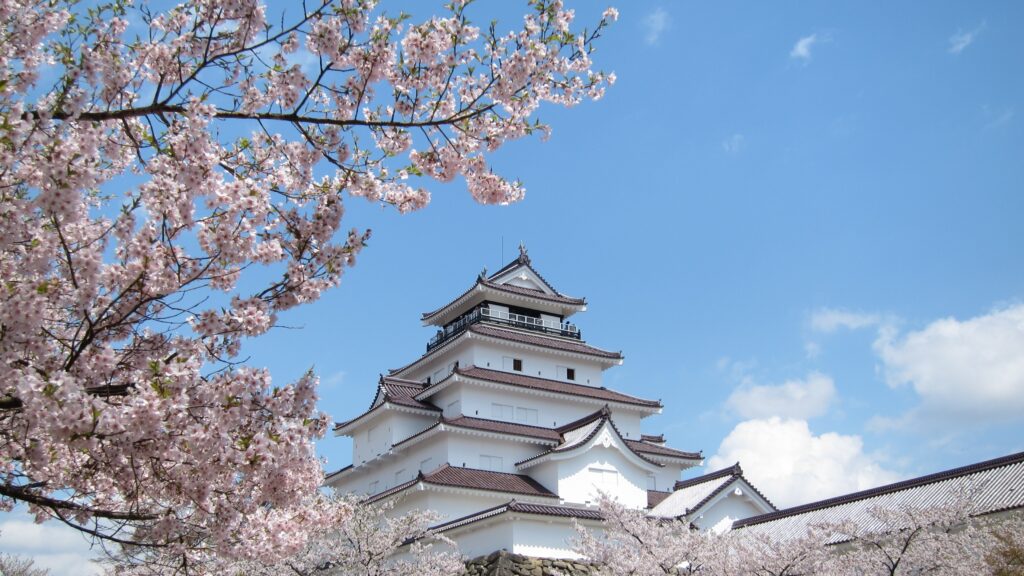
Despite the Hojo clan’s defeat at the Siege of Odawara, there were still lords in the northern Oshu region who continued to resist Hideyoshi. To quell this opposition, Ujisato was ordered by Hideyoshi to relocate from Matsusaka to Aizu, a domain of 420,000 koku previously ruled by Date Masamune (1567-1636, 伊達政宗). Shortly after arriving in Aizu, Ujisato received news that the Kasai and Osaki clans, along with residents. Had risen in revolt. The rebellion stemmed from Hideyoshi’s order to demote these clans and confiscate their lands. Just as Ujisato exchanged a written oath with Masamune, promising to suppress the uprising, he received the startling news that Masamune was in league with the rebels. Ujisato immediately set out and recaptured Myojo Castle, which the rebels had seized, and fortified himself within to prepare for a possible attack from Masamune. In his letter, Ujisato described the harshness of having to march into the severe winter without being able to rent a room or get warm. ‘Because I have come through the snow, I am exhausted, and my horse and I are worn out’ (Date Family Documents, Sendai City Museum).
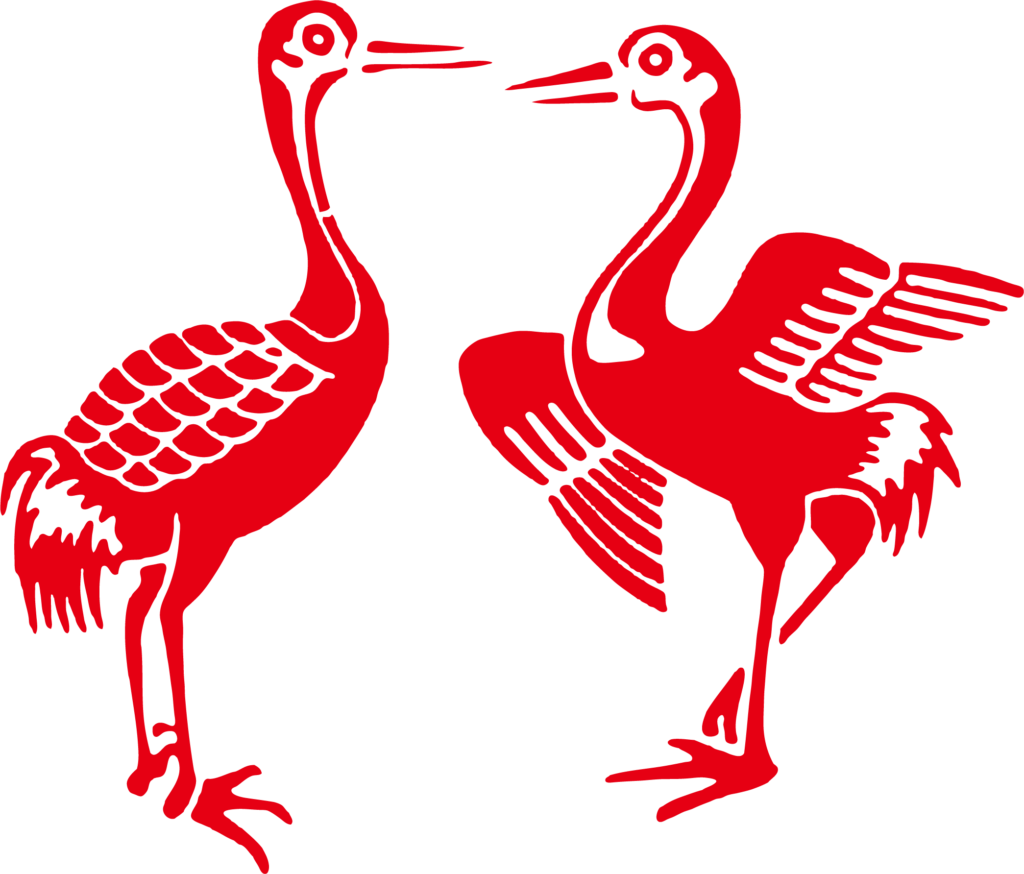
Several months later, Ujisato made peace with Masamune. After that, Ujisato continued to suppress the rebellions across Oshu. Within just over a year, Ujisato pacified the entire Oshu region, becoming a great lord with a domain of 920,000 koku. In Aizu, Ujisato carried out major renovations to the castle, transforming it into Tsurugajo Castle, named after his childhood name, Tsuruchiyo, and the Gamo family's crest, Mukai-Tsuru, symbolizing vitality and longevity. He also developed the castle town and brought in Aizu lacquerware, as well as miso, soy sauce, and sake from Omi. He focused on economic policies similar to those he had implemented in Matsusaka, fostering growth and stability in the domain.
Ujisato: Head of Sen-no-Rikyu’s Seven Disciples, Preserving the Sen Tradition to This Day

(@ ColBase)
Ujisato, a refined man of culture, was recognized as the head of the Seven Disciples of Sen-no-Rikyu, who was the founder of wabicha (the simple tea ceremony). Among his possessions, Hayafune, the only existing Akaraku tea bowl crafted by Chojiro and Rikyu's favorite bowl, was highly sought after by many renowned lords, yet ultimately came into Ujisato's hands.
(Document in the Hatakeyama Memorial Museum Collection)
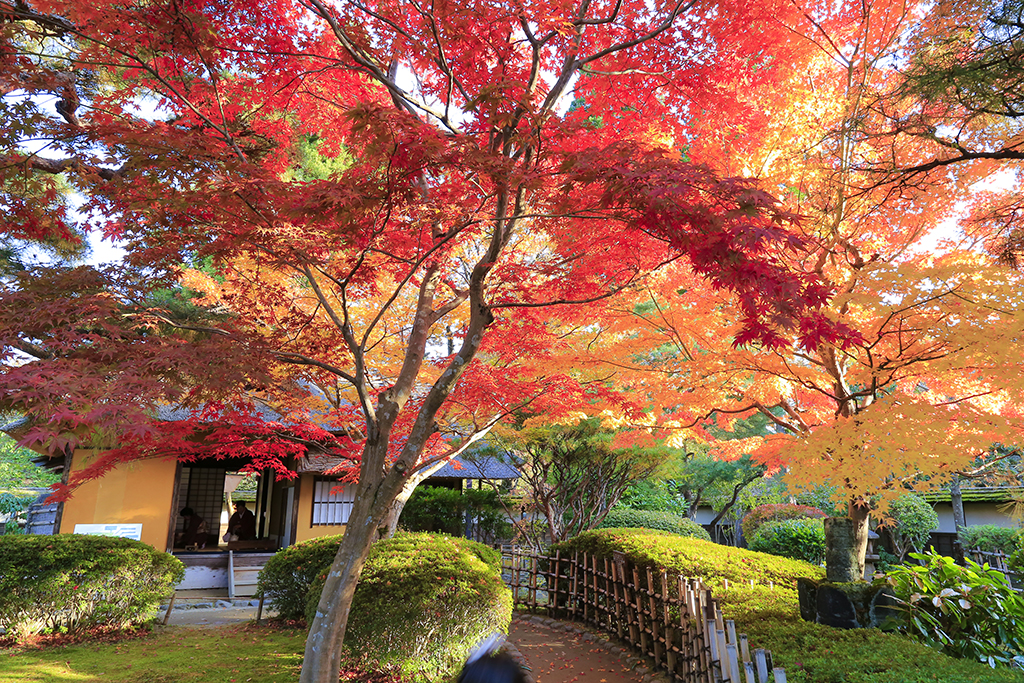
(@ Aizu Wakamatsu Bureau)
In 1591, after Rikyu was forced to commit seppuku by Hideyoshi's anger, Ujisato was worried that Rikyu's tea ceremony would fade into history. To protect Rikyu's Wabicha, he sheltered Rikyu’s adopted son, Shoan, in Aizu. Ujisato had Shoan construct a teahouse called ‘Rinkaku’ within Aizu Castle, where he continued to host tea ceremonies. When the time was right, he and Tokugawa Ieyasu petitioned Hideyoshi to revive the Sen family. With Hideyoshi’s permission, Shoen returned to Kyoto and handed over the lineage to Rikyu’s grandson Sotan, who revived the Sen School. Rinkaku preserves hanging scrolls bearing the names of the heads of the three branches of the Sen School: Omote, Ura, and Mushanokoji families, reflecting the unbroken continuity of Rikyu’s tea tradition from the Warring States period to the present day. You can feel the legacy nurtured under Ujisato in Aizu.
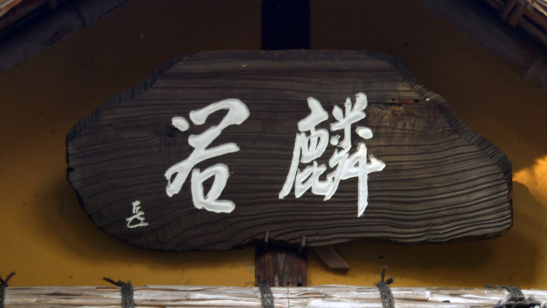
(@ Aizu Wakamatsu Bureau)
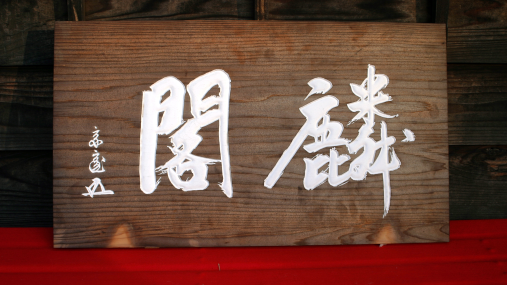
(@ Aizu Wakamatsu Bureau)
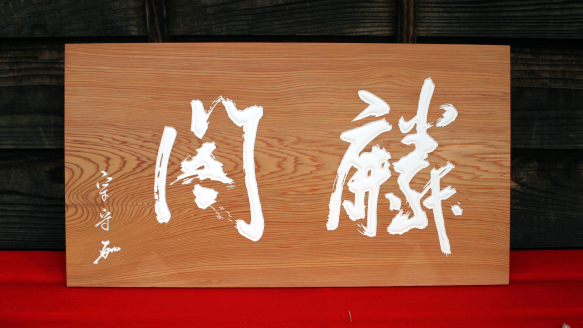
(@ Aizu Wakamatsu Bureau)
A Young Death at the Age of 40
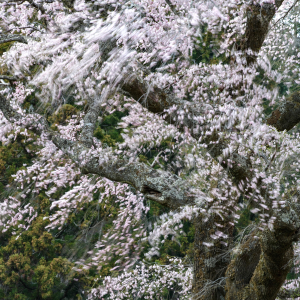
Ujisato, recognized for his talent by Nobunaga and trusted by Hideyoshi, played an active role on the front line during the Warring States period. In 1591, at the young age of 36, he was appointed to the position of Jusanmi, a Junior Third Rank Councilor. At the time, aside from the Toyotomi clan, only four other warlords had a rank of third or higher: Tokugawa Ieyasu, Maeda Toshiie, Mori Terumoto, Uesugi Kagekatsu, and Gamo Ujisato. Ujisato himself marked him as one of the five great lords of the nation. However, he tragically succumbed to illness and passed away in 1595 at the age of 40. His final haiku (free translation) reflects his sorrowful spirit:
Though human life is finite, like cherry blossoms that fall without wind, why does the spring mountain wind, with a restless heart, blow so?
This poem captures Ujisato's profound sense of heartache.
Gamo Ujisato Timeline
| 1556 | Gamo Ujisato(Tsuruchiyo) was born in Omi region | Age=1 | Warring State Period |
| 1567 | Nobunaga moved to Gifu Casle and started to use the "Tenka-fubu" stamp | - | |
| 1568 | Gamo Ujisato became a hostage at Nobunaga's Gifu Castle | 13 | |
| 1569 | Gamo Ujisato's coming-of-age ceremony and first battle | 14 | |
| 1570 | Gamo Ujisato married Nobunaga's daughter and returned to Hino Castle | 15 | |
| 1573 | Muromachi Shogunate ended | - | Azuchi Momoyama Period |
| 1582 | Nobunaga was killed at Honnoji by Akechi Mitsuhide | 27 | |
| 1582 | Gamo Ujisato inherited the family headship and implemented a commercial policy | 27 | |
| 1582 | Rikyu became a tea master of Hideyoshi | - | |
| 1584 | Gamo Ujisato moved to Matsuzaka and started building Matsuzaka Castle. | 29 | |
| 1585 | Gamo Ujisato converted to Christianity and took the baptismal name ‘Leo’. | 30 | |
| 1587 | Hideyoshi issued Sobuji-rei to Tohoku region | - | |
| 1588 | Gamo Ujisato enters Matsuzaka Castle | 33 | |
| 1590 | Gamo Ujisato, the Odawara Expedition, and the transfer of the domain to Aizu | 35 | |
| 1591 | Gamo Ujisato, a Junior Third Rank Councillor | 36 | |
| 1591 | Rikyu Hara-Kiri | 36 | |
| 1592 | Gamo Ujisato begins construction of Aizu Castle and the castle town | 37 | |
| 1594 | Gamo Ujisato suppressed the Oshu Rebellion and became the great lord of Aizu. | 39 | |
| 1595 | Gamo Ujisato passed away | 40 |
Recommendations to visit
Matsusaka Castle Ruins
- Access: 80 min from Nagoya station to Matsusaka station on JR Kansai Main Line Express. A 15-min walk.
Tsurugajo Castle
- Access: Take the loop bus at Aizu-wakamatsu station, #4 bus stop. Get off at Tsurugajo-Entrance (鶴ヶ城入口). A short walk.

